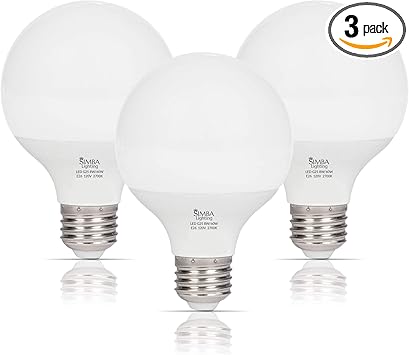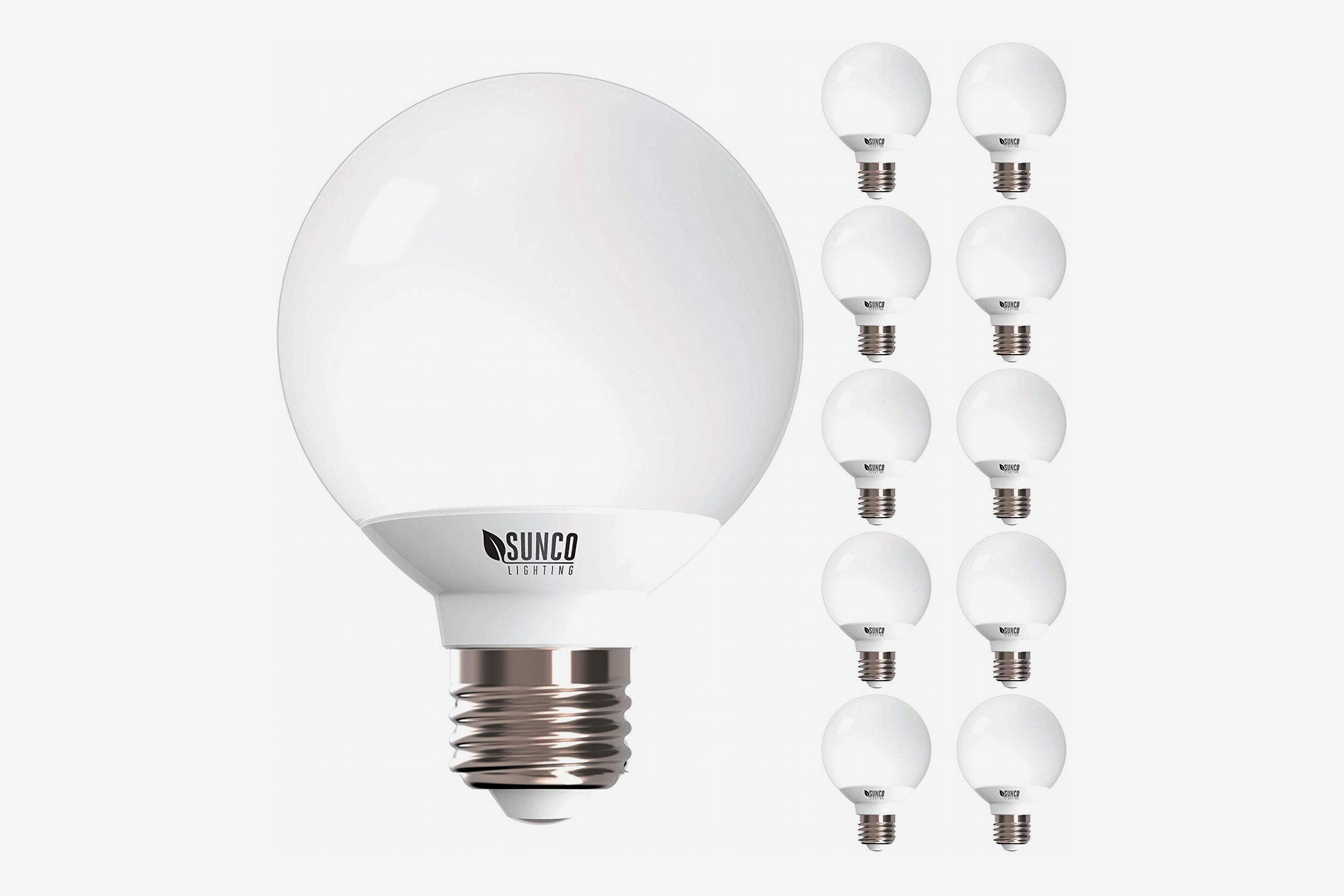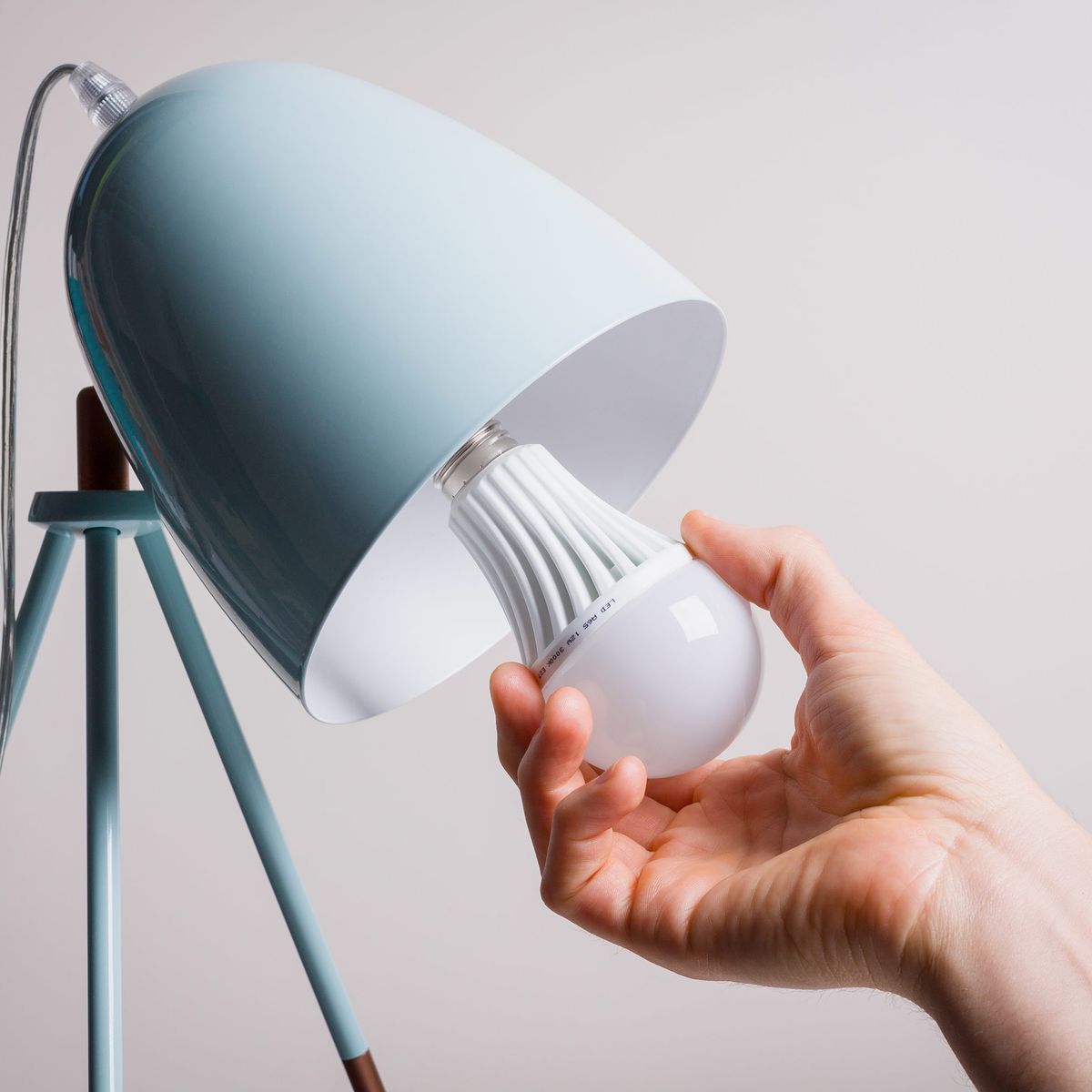The Importance of Energy Efficiency in Bathroom Lighting
Energy efficiency has become increasingly important in modern homes, and the bathroom is no exception. From saving money on utility bills to reducing environmental impact, there are numerous reasons why energy-efficient lighting is crucial in the bathroom. Understanding the importance of energy efficiency in bathroom lighting can help you make informed decisions when upgrading your lighting fixtures.
- Save Money on Utility Bills: Energy-efficient light bulbs consume less electricity than traditional incandescent bulbs, resulting in lower energy bills over time. Since bathrooms are often one of the most frequently used rooms in the home, the cost savings from using energy-efficient lighting can add up significantly. By making the switch to LED or CFL bulbs, you can enjoy bright and functional lighting in your bathroom while keeping your energy costs in check.
- Reduce Environmental Impact: Traditional incandescent bulbs waste a significant amount of energy as heat, contributing to higher energy consumption and greenhouse gas emissions. Energy-efficient light bulbs, such as LEDs and CFLs, use less energy to produce the same amount of light, resulting in reduced carbon emissions and environmental impact. By opting for energy-efficient bathroom lighting, you can do your part to conserve energy and protect the environment for future generations.
- Enhance Safety and Comfort: Energy-efficient lighting in the bathroom can enhance safety and comfort for occupants. LED and CFL bulbs produce less heat than incandescent bulbs, reducing the risk of burns or fire hazards, especially in enclosed spaces like bathrooms. Additionally, energy-efficient bulbs provide consistent and flicker-free illumination, creating a more comfortable and visually appealing environment for grooming, bathing, and other activities.
- Extend Bulb Lifespan: Energy-efficient light bulbs typically have a longer lifespan than traditional incandescent bulbs, lasting up to 25 times longer. This means fewer replacements and less maintenance over time, saving you time and hassle in the long run. With LED bulbs, in particular, you can enjoy reliable and durable lighting in your bathroom for years to come, reducing the frequency of bulb changes and associated costs.
- Comply with Building Codes and Regulations: Many building codes and regulations now require energy-efficient lighting in new construction and renovation projects, including bathrooms. By choosing energy-efficient light bulbs that meet or exceed these standards, you can ensure compliance with local regulations and avoid potential fines or penalties. Additionally, energy-efficient lighting may qualify for rebates or incentives from utility companies or government agencies, further incentivizing their adoption in residential settings.
Types of Energy Efficient Light Bulbs for Your Bathroom
When it comes to energy-efficient lighting options for your bathroom, there are several types of bulbs to choose from, each offering unique advantages in terms of energy savings, longevity, and light quality. From LED and CFL bulbs to halogens and beyond, understanding the different types of energy-efficient light bulbs can help you make an informed decision based on your specific needs and preferences.
LED (Light Emitting Diode) Bulbs: LED bulbs are one of the most popular and energy-efficient lighting options available for bathrooms. They consume up to 90% less energy than traditional incandescent bulbs and can last up to 25 times longer, making them a cost-effective choice in the long run. LED bulbs produce bright, flicker-free light that is ideal for task lighting in the bathroom, such as over the vanity or mirror. They are available in a variety of shapes, sizes, and color temperatures to suit different bathroom layouts and design preferences.
CFL (Compact Fluorescent Lamp) Bulbs: CFL bulbs are another energy-efficient option for bathroom lighting, offering similar energy savings and longevity as LED bulbs. While not as widely used as LEDs, CFL bulbs are still a viable choice for homeowners looking to reduce energy consumption and lower utility bills. They produce warm, soft light that is well-suited for general illumination in the bathroom, such as ceiling fixtures or wall sconces. CFL bulbs come in various wattages and color temperatures, allowing you to customize the ambiance of your bathroom space.
Halogens: Halogen bulbs are a type of incandescent bulb that is more energy-efficient than traditional incandescent bulbs but less so than LEDs or CFLs. While they are not as energy-efficient as other options, halogen bulbs still offer several advantages, including excellent color rendering and dimmability. They are often used in bathroom recessed lighting fixtures or track lighting to provide focused task lighting or accent illumination. However, due to their higher energy consumption and shorter lifespan compared to LEDs or CFLs, halogens may not be the most cost-effective long-term solution for bathroom lighting.
Smart Bulbs: Smart bulbs, such as Wi-Fi-enabled LEDs, offer advanced features and convenience in addition to energy efficiency. These bulbs can be controlled remotely via smartphone apps or voice commands, allowing you to adjust brightness, color temperature, and scheduling to suit your preferences. While smart bulbs may have a higher upfront cost compared to traditional bulbs, their energy-saving capabilities and smart features can help you optimize energy usage and enhance the functionality of your bathroom lighting.
Daylight and Warm White Options: When choosing energy-efficient light bulbs for your bathroom, consider the color temperature of the bulbs to achieve the desired ambiance and functionality. Daylight bulbs (5000K-6500K) provide bright, white light that mimics natural daylight, making them ideal for task lighting and creating a bright, refreshing atmosphere in the bathroom. Warm white bulbs (2700K-3000K), on the other hand, emit a softer, more yellow-toned light that is often preferred for ambient or accent lighting, creating a cozy and inviting ambiance in the space.
Dimmable Bulbs: For added versatility and control over your bathroom lighting, opt for dimmable energy-efficient bulbs that allow you to adjust the brightness level according to your needs and mood. Dimmable LEDs or CFLs can help you create the perfect lighting ambiance for relaxation, grooming, or entertaining in the bathroom. Ensure compatibility with your existing dimmer switches or consider installing dimmable switches or smart dimmers for seamless integration with your energy-efficient lighting setup.
Benefits of Switching to Energy Efficient Bathroom Light Bulbs
Switching to energy-efficient light bulbs in your bathroom offers a range of benefits beyond simply reducing energy consumption and lowering utility bills. From improved lighting quality and longevity to environmental conservation and enhanced safety, there are numerous reasons to make the transition to energy-efficient bathroom light bulbs. Below are some of the key benefits:
Cost Savings: One of the most immediate benefits of switching to energy-efficient bathroom light bulbs is cost savings. Energy-efficient bulbs, such as LEDs and CFLs, consume significantly less electricity than traditional incandescent bulbs, resulting in lower energy bills over time. While energy-efficient bulbs may have a higher upfront cost, their long lifespan and reduced energy consumption ultimately translate into substantial savings on your utility bills.
Longevity and Durability: Energy-efficient light bulbs, particularly LED bulbs, are known for their exceptional longevity and durability. LED bulbs can last up to 25 times longer than traditional incandescent bulbs, reducing the frequency of bulb replacements and maintenance. This not only saves you time and hassle but also reduces the amount of waste generated from discarded bulbs, contributing to environmental sustainability.
Improved Lighting Quality: Energy-efficient bulbs often provide superior lighting quality compared to traditional incandescent bulbs. LEDs and CFLs produce bright, flicker-free light with excellent color rendering properties, making them ideal for tasks such as grooming, applying makeup, or reading in the bathroom. With energy-efficient lighting, you can enjoy consistent and reliable illumination that enhances visibility and comfort in your bathroom space.
Environmental Conservation: Energy-efficient light bulbs help reduce your carbon footprint and minimize environmental impact. By consuming less electricity, these bulbs lower greenhouse gas emissions associated with electricity generation, contributing to environmental conservation and climate mitigation efforts. Making the switch to energy-efficient lighting is a simple yet effective way to reduce your ecological footprint and promote sustainability in your home.
Safety and Comfort: Energy-efficient bulbs, particularly LEDs and CFLs, produce less heat than traditional incandescent bulbs, reducing the risk of burns or fire hazards in the bathroom. With cooler operating temperatures, energy-efficient bulbs are safer to use, especially in enclosed spaces like bathrooms where ventilation may be limited. Additionally, energy-efficient lighting provides consistent and flicker-free illumination, creating a comfortable and visually appealing environment for occupants.
Compatibility with Dimmers and Smart Controls: Many energy-efficient light bulbs are compatible with dimmer switches and smart lighting controls, offering enhanced flexibility and convenience in your bathroom lighting setup. Dimmable LEDs or CFLs allow you to adjust the brightness level according to your preferences and mood, creating customizable lighting ambiance for relaxation or task-oriented activities. Smart bulbs with Wi-Fi or Bluetooth connectivity enable remote control and scheduling via smartphone apps or voice commands, providing advanced functionality and energy management capabilities.
How to Choose the Right Energy Efficient Bulbs for Your Bathroom
Choosing the right energy-efficient bulbs for your bathroom involves considering various factors such as bulb type, brightness, color temperature, and compatibility with fixtures and dimmers. By understanding your lighting needs and preferences, you can select bulbs that optimize energy efficiency while meeting your aesthetic and functional requirements. Here are some tips to help you choose the right energy-efficient bulbs for your bathroom:
Determine Bulb Type: Start by determining the most suitable bulb type for your bathroom lighting needs. LED (Light Emitting Diode) bulbs are highly energy-efficient, long-lasting, and produce bright, flicker-free light, making them ideal for task lighting over vanities or mirrors. CFL (Compact Fluorescent Lamp) bulbs are another energy-efficient option that provides warm, soft light suitable for general illumination in the bathroom. Consider the specific lighting requirements and fixtures in your bathroom to choose the appropriate bulb type.
Check Brightness and Lumens: When selecting energy-efficient bulbs for your bathroom, consider the brightness level measured in lumens rather than wattage. LED and CFL bulbs come in various lumen outputs, so choose bulbs with adequate brightness to illuminate your bathroom space effectively. For task lighting areas such as vanity mirrors, aim for higher lumen bulbs to ensure sufficient light for grooming and other activities. Refer to the bulb packaging or manufacturer specifications to determine the appropriate lumen output for your bathroom fixtures.
Evaluate Color Temperature: Pay attention to the color temperature of energy-efficient bulbs, as it determines the warmth or coolness of the light emitted. LEDs and CFLs are available in different color temperatures ranging from warm white (2700K-3000K) to daylight (5000K-6500K). Warm white bulbs provide a soft, cozy glow suitable for ambient or accent lighting, while daylight bulbs mimic natural daylight and are ideal for task-oriented activities. Consider the desired ambiance and functionality of your bathroom lighting when selecting the appropriate color temperature.
Consider Dimmability: If you have dimmer switches installed in your bathroom, choose energy-efficient bulbs that are compatible with dimming controls for added flexibility and customization. Dimmable LED and CFL bulbs allow you to adjust the brightness level according to your preferences and mood, creating a customizable lighting ambiance for relaxation or grooming tasks. Ensure compatibility with your existing dimmer switches or consider upgrading to dimmable switches or smart dimmers for seamless integration with energy-efficient lighting.
Check Fixture Compatibility: Before purchasing energy-efficient bulbs for your bathroom, ensure compatibility with your existing fixtures and sockets. LED and CFL bulbs come in various shapes and sizes, so choose bulbs that fit securely into your bathroom light fixtures without overcrowding or protruding. Check the bulb packaging or manufacturer specifications for information on base type, size, and compatibility with specific fixtures such as recessed lights, vanity sconces, or ceiling fixtures.
Evaluate Lifespan and Warranty: When investing in energy-efficient bulbs for your bathroom, consider the lifespan and warranty offered by the manufacturer. LED bulbs are known for their exceptional longevity, lasting up to 25 times longer than traditional incandescent bulbs. Look for bulbs with a long lifespan and warranty coverage to ensure reliable performance and durability in your bathroom lighting setup. Additionally, choose bulbs from reputable brands with a track record of quality and customer satisfaction.
Practical Tips for Maximizing Energy Efficiency in Your Bathroom Lighting
In addition to choosing energy-efficient light bulbs, there are several practical tips you can implement to maximize energy efficiency in your bathroom lighting. From optimizing natural light to utilizing task lighting strategically, these tips can help you reduce energy consumption, lower utility bills, and create a more sustainable bathroom environment. Here are some practical tips for maximizing energy efficiency in your bathroom lighting:
Utilize Natural Light: Take advantage of natural light whenever possible by maximizing the use of windows, skylights, or sun tunnels in your bathroom. Natural light not only reduces the need for artificial lighting during the day but also provides a pleasant and refreshing ambiance in the space. Consider positioning mirrors strategically to reflect natural light and enhance brightness in darker areas of the bathroom. Additionally, opt for sheer or translucent window treatments that allow natural light to filter into the room while maintaining privacy.
Install Energy-Efficient Fixtures: In addition to energy-efficient bulbs, consider installing energy-efficient light fixtures in your bathroom. Look for fixtures with ENERGY STAR certification, which indicates compliance with strict energy efficiency criteria set by the Environmental Protection Agency (EPA). ENERGY STAR-rated fixtures use advanced lighting technologies and innovative design features to maximize energy savings while delivering high-quality illumination.
Switch to Motion-Activated or Timer-Controlled Lighting: Reduce energy waste by installing motion-activated or timer-controlled lighting in your bathroom. Motion sensor switches automatically turn lights on when motion is detected and off when the space is unoccupied, eliminating the need to rely on manual switches. Timer-controlled lighting allows you to set specific times for lights to turn on and off, ensuring that lights are not left on unnecessarily when not in use.
Optimize Task Lighting: Task lighting is essential for performing grooming activities such as shaving, applying makeup, or styling hair in the bathroom. Optimize task lighting by installing bright, focused light sources near vanity mirrors or grooming areas. LED light strips, adjustable wall sconces, or recessed lights can provide targeted illumination without wasting energy on unnecessary overhead lighting. By illuminating specific task areas effectively, you can reduce overall energy consumption while improving visibility and comfort.
Use Dimmers for Adjustable Lighting: Install dimmer switches for adjustable lighting control in your bathroom. Dimmers allow you to tailor the brightness level according to your needs and preferences, providing flexibility and energy savings. Lowering the brightness of lights during non-peak hours or nighttime use can help conserve energy without sacrificing functionality or comfort. Dimmable LED or CFL bulbs are ideal for use with dimmer switches, offering smooth and flicker-free dimming performance.
Practice Energy-Conscious Habits: Encourage energy-conscious habits among household members to further maximize energy efficiency in your bathroom lighting. Remind family members to turn off lights when leaving the bathroom and encourage shorter shower or grooming routines to minimize the use of artificial lighting. Consider installing occupancy sensors or smart lighting controls that automatically adjust lighting based on occupancy patterns and usage habits, optimizing energy efficiency without sacrificing convenience.
Regular Maintenance and Upkeep: Maintain your bathroom lighting fixtures and bulbs regularly to ensure optimal performance and energy efficiency. Clean fixtures and lenses periodically to remove dust, dirt, or grime that can obstruct light output and reduce efficiency. Replace outdated or malfunctioning bulbs promptly to prevent energy waste and maintain consistent illumination levels throughout the space. By staying proactive with maintenance and upkeep, you can prolong the lifespan of your lighting fixtures and maximize energy savings over time.
Explore Renewable Energy Options: Consider exploring renewable energy options such as solar-powered lighting for your bathroom. Solar lighting systems harness energy from the sun to power LED fixtures, offering a sustainable and environmentally friendly alternative to traditional grid-powered lighting. While solar lighting may require upfront investment in solar panels and battery storage, it can provide long-term energy savings and reduce dependence on fossil fuels.
GoodBulb Fluorescent (CFL) Light Bulbs for Ceiling, Bathroom, Vent Fan, and Kitchen Fixtures, Energy-Efficient, 18w, 120v, Quad-Tube Lamp, for
Best Light Bulbs for Bathrooms of 2024
Simba Lighting LED Vanity Globe G25 (G80) Light Bulb for Bathroom, Makeup Mirror Decorative White Frosted Cover, 8W, 60W Equivalent, 120V, Standard
SHINESTAR G25 Globe Light Bulbs, LED Round Light Bulbs for Bathroom, Vanity, Mirror, 60 Watt Equivalent, E26 Standard Base, 2700K Warm White,
8-Pack Bathroom Light Bulbs, 60 watt Equivalent, Daylight G25 LED Globe Light Bulbs for Bathroom Vanity, E26 Medium Base, 5000K Round Light Bulb Over
Best LED Light Bulbs 2024
Energy Saving 2D 16w 4 Pin 10,000 hour Long Life Halogen Light Bulb Bathroom eBay
Energy-Efficient Light Bulbs That Actually Look Good
Related Posts:











